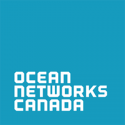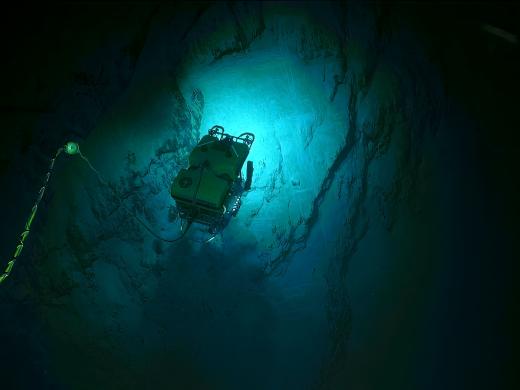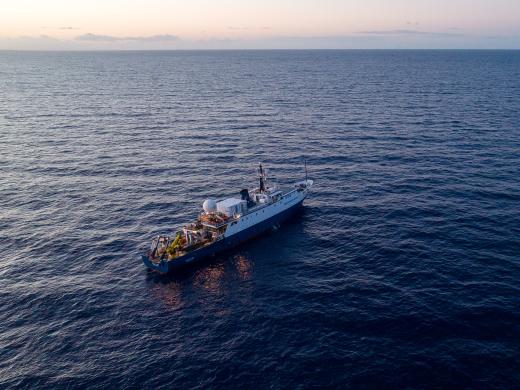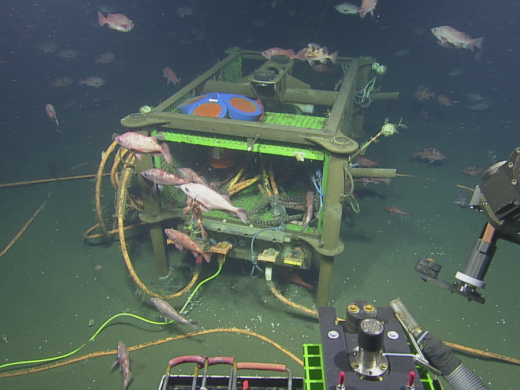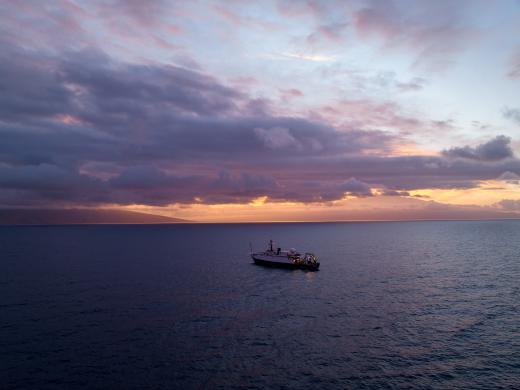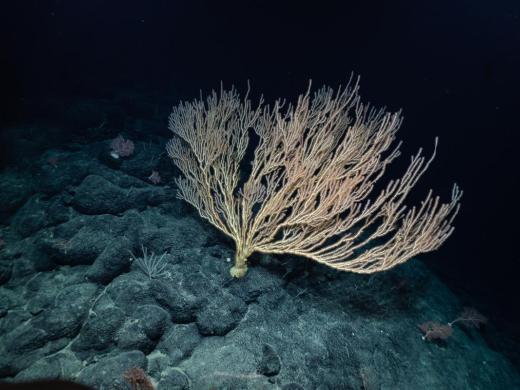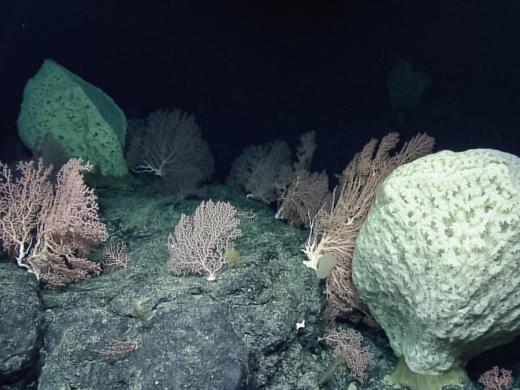In 2023, E/V Nautilus will spend eight months exploring the Central and Eastern Pacific, mapping unsurveyed seafloor and characterizing deep-sea habitats through detailed ROV observation, as well as integrating emerging technologies. Expeditions will be planned and executed around the priorities of the science and resource management community to close knowledge gaps in our unfolding understanding of our changing ocean planet. Mapping and ROV operations will primarily be conducted in unexplored areas, thus contributing directly to the US National Strategy for Ocean Mapping, Exploration, and Characterization, the development of a global high-resolution seafloor map by Seabed 2030, and the UN Decade of Ocean Science for Sustainable Development. The integration of different technologies, including autonomous underwater vehicles, into operations on E/V Nautilus, continues to advance national and international priorities for increasing the efficiency and sophistication of multi-vehicle ocean exploration. The 2023 E/V Nautilus expeditions are sponsored by NOAA Ocean Exploration via the Ocean Exploration Cooperative Institute, Ocean Networks Canada, the Office of Naval Research, and the Bureau of Ocean Energy Management.
Many of the 2023 expedition activities will also advance NOAA mission priorities, particularly in terms of understanding ocean changes, sharing that knowledge with others, and conserving marine ecosystems. This work also focuses on OET’s priorities of education, diversity, and inclusion by creating more diverse and inclusive programs — both at sea and on shore — to ensure our exploration and education programs include, amplify, and make space for more historically marginalized voices in the deep-sea exploration and STEAM communities. Finally, the data collected on these missions is an essential precursor to future explorations throughout the region, undoubtedly leading to many discoveries. To this end, data and samples collected on these missions will be archived in publicly-available repositories to enable follow-on research and management activities.


